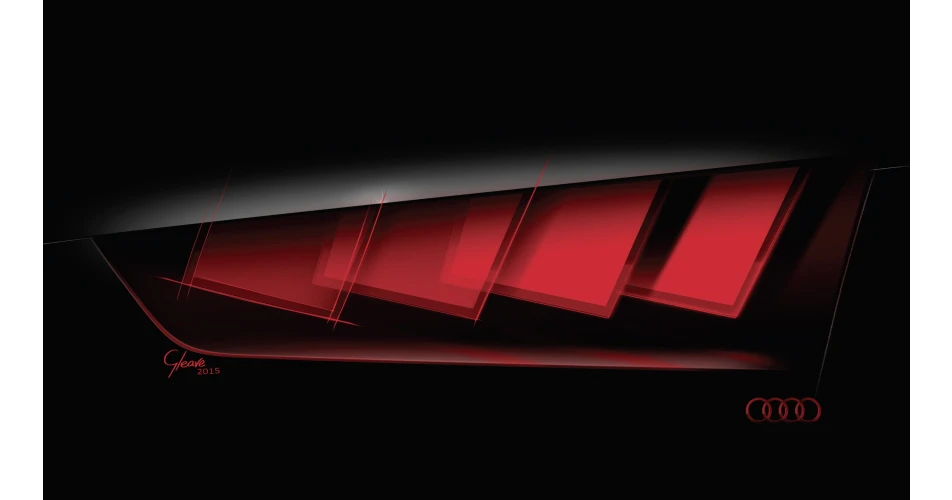Audi is presenting its next step in automotive lighting technology at the IAA in Frankfurt.
The new Matrix OLED lights enable a previously unattainable level of lighting homogeneity, opening up further creative opportunities for design. Matrix OLED lights combine high tech engineering and design ideally – initial projects are currently underway to implement OLED technology in production tail lights. They are being shown for the first time in a concept car at the IAA.
OLED is an English acronym for “organic light emitting diode.” In each OLED unit, two electrodes – of which at least one must be transparent – incorporate numerous thin layers of organic semiconductor materials. A low DC voltage – between three and four volts – activates the layers, each of which is less than one thousandth of a millimeter thick, to light them. The color is based on the molecular composition of the light source.
In contrast to point light sources – such as LEDs – which are made of semiconductor crystals, OLEDs are flat light sources. Their light attains a new level of homogeneity, and its dimming is continuously variable. The lights do not cast any shadows and do not require any reflectors, light guides or similar optical components – and this makes the OLED units efficient and lightweight. In addition, they hardly need any cooling.
OLEDs will soon be able to generate turn signal and brake lights too. The thin glass sheets that are used today to encase the organic material will be replaced by plastic films. These new flexible substrate materials will lend themselves to three dimensional forming, and this will open up entirely new creative spaces for designers.
Audi has already shown the potential of OLED technology in many models and demonstrators. Special highlights are “OLED lighting” with transparent, multi-colored OLEDs in the silhouette of the car and “the swarm” with a three-dimensional OLED display.
Another benefit of OLEDs: They can be subdivided into small segments that can be controlled at different brightness levels. In addition, different colors and transparent OLED units will be possible. This enables new lighting scenarios with extremely fast switchover times. The illuminated sub-surfaces exhibit very precise boundaries with one another.
 Matrix OLED light
Matrix OLED light